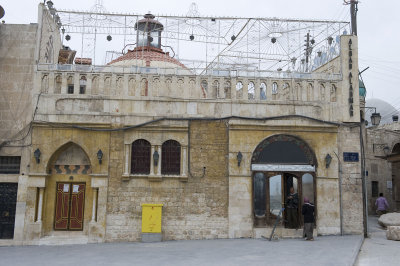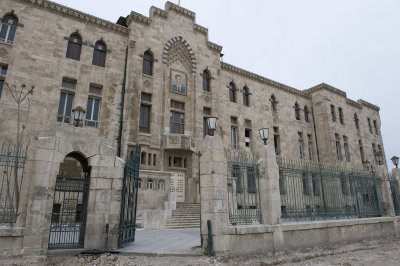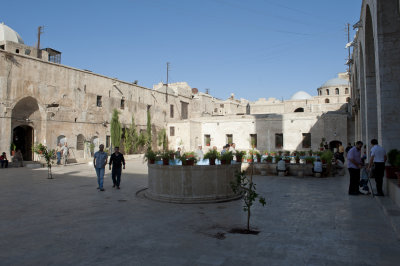





 |
 |
 |
 |
 |
 |
| dosseman_syria | profile | all galleries >> Galleries >> Aleppo (حلب) pictures | tree view | thumbnails | slideshow | map |
| previous page | pages 1 2 3 ALL | next page |
 Aleppo Bab Al Ahmar restaurant 9026.jpg |
 Aleppo Governorate Building or Grand Serail 9029.jpg |
 Aleppo Behramiyah Mosque 0262.jpg |
 Aleppo Behramiyah Mosque 0262.jpg |
| previous page | pages 1 2 3 ALL | next page |
| comment | share |
| dosseman_syria | 18-Jan-2015 12:43 | |
| Rana | 11-Jan-2015 21:39 | |
| Diane Conti | 24-Apr-2010 14:36 | |